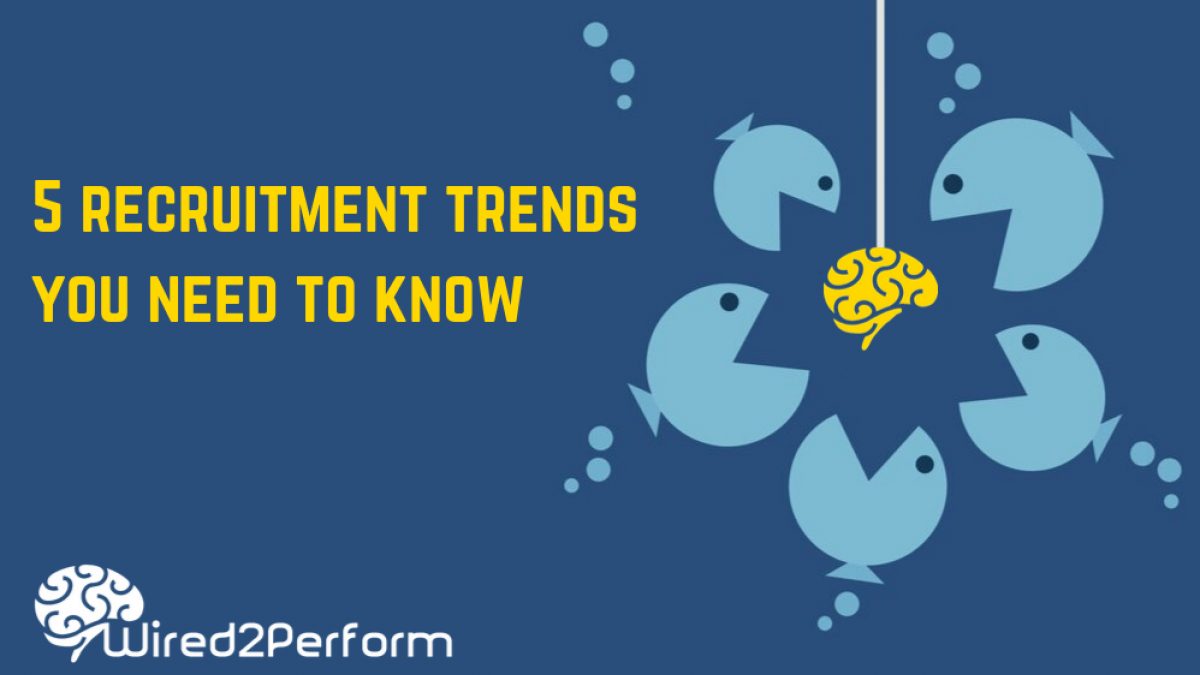
In an ever-evolving digital world, it is vital for recruiters to keep an eye on the recruitment trends of 2019. Every organization has its own recruitment strategies but with digitalization, recruiters are increasingly turning to modern tools and technologies to attract job applicants in a way that’s similar to how marketers are attracting paying customers.
Picture this: You have a really exciting position open in your company. You write an appealing job description and create a killer advert and post it on your website. However, you find it hard to find the right fit for the post.
If you had an understanding of the current recruitment trends, you might be in the loop as to how to increase your chances of being discovered and becoming a top-choice for recruits.
Candidates involved in the recruitment process now expect a consumer-level tech experience. Thus, organizations that are best at creating good candidate experiences have better chances of attracting the best talent.
This recruitment trend is now making its way into the culture, values, and goals of every organization.
By making the applicant feel valued throughout the recruitment process, in addition to improving the ease of access to career sites and leveraging the auto-fill functionality on online applications, you can create a better candidate experience.
Soft skills are becoming the new currency of the future, so much so, that traits like empathy and good communication skills are required for new jobs created.
The focus, here, is to recruit those with the ability to adapt to changing roles in flexible work structures. This recruitment trend suggests that candidates that have essential skills and agile characteristics are more important than factors like prior experience.
Even if the role you hire for does not exist in a few years, thanks to automation, flexible and agile workers will be able to upskill and cross-functionally move into new and emerging roles.
Nowadays, human resources are playing a greater role in influencing company-wide recruitment trends. So much so, that organizations are able to make the most of diagnostic and predictive analytics.
To better perceive the holistic talent lifecycle in the future, it is important to understand the reasons behind data that diagnoses and predicts the requirements of vacancies. Data derived from performance, engagement, assessment, workforce planning, and skill gap analysis can help inform companies of what their recruitment strategy needs to be.
Having a good understanding of which aspects of talent management drive performance in your organization also helps.
Company branding is vital to attracting top talent. It is even more important to maintain consistent branding, as job-seekers are more and more considerate of branding even before they apply.
In fact, applicants are more focused on culture, values, and ethics alignment, than monetary incentives, perks, or prestige than ever before.
This recruitment trend is one that takes time but needs to be established if you are to stay relevant. Your online presence as a company, alongside online reviews, feedback, and endorsements play an equally important role in maintaining your brand.
The biggest challenge in the job market is the disruption brought about by automation. However, AI can be used to enhance productivity and effectiveness, instead of replacing talent.
AI is now used to improve the effectiveness of recruiters. Thus, it does the heavy-lifting when it comes to pre-screening candidates and creating an agile and intuitive recruitment experience.
The use of AI is a recruitment trend that has already been incorporated by employers and has already proven to be one that will be used for years to come.
Including the trends mentioned above in your recruitment strategy will help your company attract top talent to help you gain momentum in achieving organizational objectives.